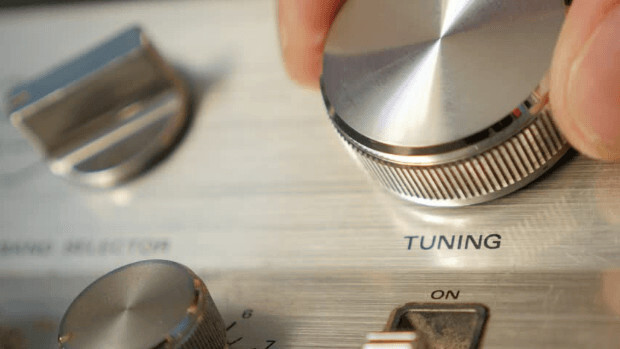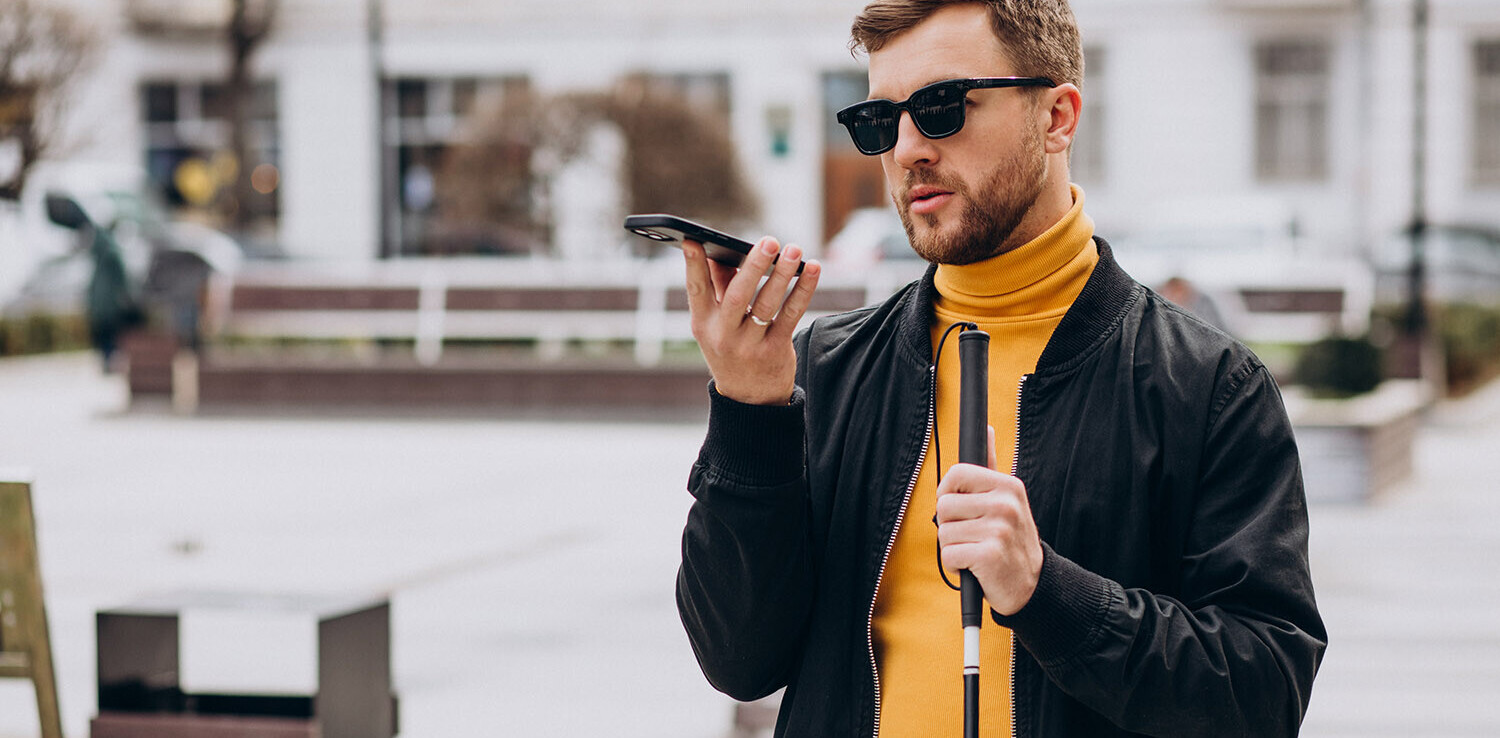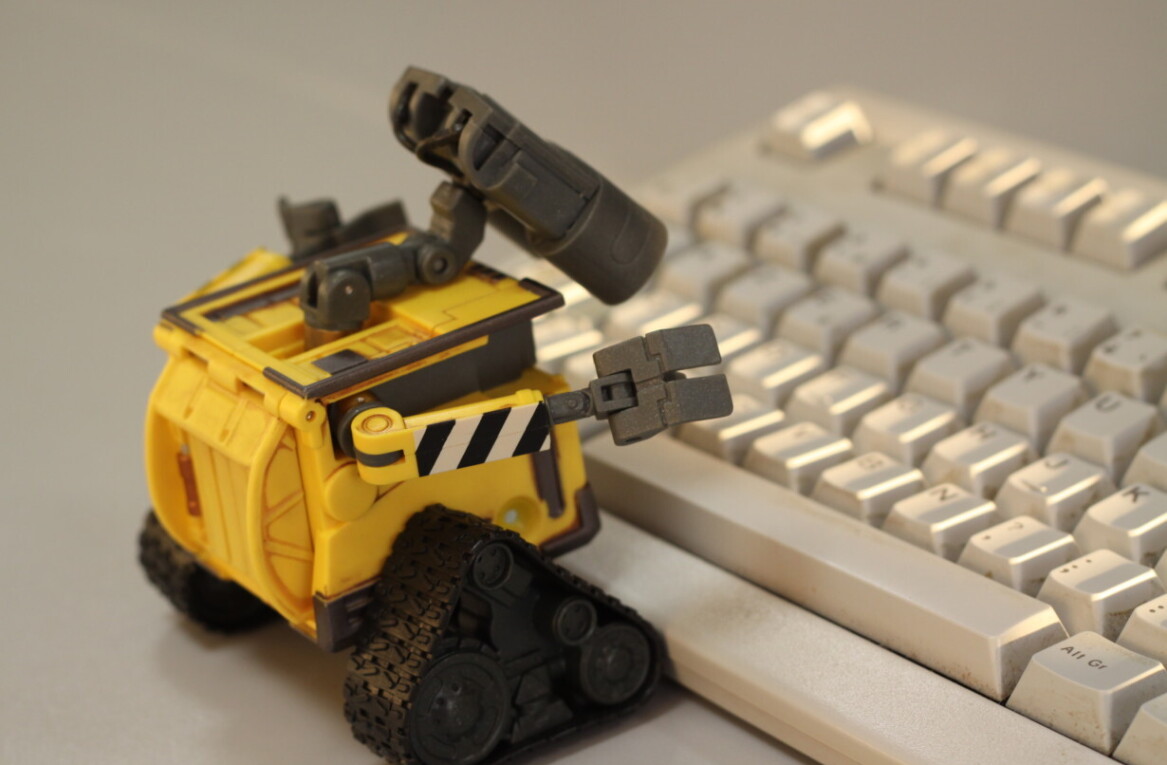
In March 2019 IKEA was praised for partnering with nonprofits to develop accessories that make its products more accessible for people with impairments. It’s a novel step forward but I can’t shake the feeling we need to reframe the conversation on accessibility in technology entirely. Accessibility should be a topic at the forefront of design. Here’s why:
Roughly one in five people in the US have registered with a disability, with a similar figure for the UK. But when creating new products or services, investing resources to make technology accessible for impaired users can seem like taking the scenic route to market. An expensive deviation from a lean go to market strategy.
It’s easy to toss accessibility considerations in the ‘nice to have’ bucket. ‘Accessibility as an afterthought’ is a frustration I’ve heard on repeat for the last decade. But to do this is to abandon a unique opportunity to unlock true innovation and realize a much bolder ambition.
The traits separating tasks that AI excels at, and those that remain distinctly human, are consistently cited as creativity, empathy, imagination, and vision. Indeed the Gospel of Jobs clearly states: “Innovation distinguishes between a leader and a follower.” So before we hand over the reins to AI, why don’t we focus on perfecting the human side of technology solutions.
If you’ve even dabbled in brainstorming techniques — or the hyper-trendy ‘design thinking’ — you’ll be familiar with the art of reframing a problem to see new solutions. What better way to do this than looking at new tech through the lens of our senses, with varying degrees of physical or sensory ability?
Thinking about impairments of sight, hearing, or touch from the outset forces designers, creators, and technologists to ‘look at’ problems from very different perspectives, and that brings opportunity for untold and exciting innovation.
Serendipity and side effects
Outside of potentially enabling millions of people with impairments, flipping the way we think about technology access and data consumption can have wondrous consequences, sparking research with beneficial side effects.
Headphones, for example, changed little in the past 50 years until a company began thinking of our hearing like eyesight and designed on the basis that perhaps we all hear slightly differently. Nuraphone’s product development starts with Otoacoustic emission’ (akin to a child’s hearing test to assess deafness.) It’s the company’s secret sauce used to create unique hearing profiles for every user and thus improve the sound quality, like prescription glasses for your ears.
Similarly, haptic feedback has long been harnessed as a useful signal for the visually impaired to engage with technology, but it’s also providing a new dimension to music listening by delivering bass directly to the user’s body via wearable devices. Cementing the virtuous circle of innovation, comparable technology has since been used to help hearing impaired users enjoy live gigs.
There are people who have lived on both sides of the equation. Those born with impairments who regain full functionality and others who lost a sense or a physical ability. They offer unique perspectives, and some drive radical change.
Wanda Diaz Merced is a celebrated scientist who lost her sight and with it her ability to study light emitted by gamma-ray bursts in space. Unwilling to accept defeat, she realized the light curves she could no longer see could be translated into sound. Through sonification, she reclaimed control over her subject and now advocates for a more inclusive scientific community.
“Science is for everyone,” she said. “It has to be available to everyone because we are all natural explorers.” Her powerful TED talk and inspiring work are fueling academic and financial interest in the art of sonification. We’re only scratching the surface of how sound can be used to translate meaningful messages to us, whether impaired or not.
But it’s not enough for companies to adapt their own product lines. To drive the mindset change needed we must find solutions that span horizontally. In March of this year, Google took the bull by the horns releasing SDKs Accessibility Scanner for iOS, designed to make it easier to develop iOS apps that accommodate visually and hearing-impaired users. The frustration is tangible and growing; the number of website accessibility lawsuits raised against private companies more than doubled last year.
Microsoft too has historically invested heavily in accessibility feature sets. I remember starting my own career conducting an interview in Victoria, London with Windows 7 developers on its accessibility features for impaired users, over a decade ago. They’ve since upped their game significantly.
A positive feedback loop
It’s a borderline cliche to say that diversity breeds innovation but despite this widespread knowledge, in the last few years, even progressive tech companies struggled to toe the diversity and equality line and experienced cultural fallout.
Organizations globally are feeling the growing pains of change, with diversity and equality becoming the moral and cultural capital required to not only attract and retain the best talent but to surface the strongest ideas. We are on the cusp of real transformational change to the demographics of workforces across industries.
It’s clear to me that having diverse talent pools with unique perspectives contributing to society will transform our culture for the better and drive myriad of fields forward, from fashion to physics. So perhaps it’s the perfect time to embrace more fluid thinking around the senses and experiment with more accessibility features in technology. Microsoft CVP of design had some elegant thoughts on the topic of technology and the senses in a video entitled ‘sound is touch’
Seeking empathy in design
2019’s society is one in search of solutions that offer greater respect for our human spirit and energy. The rise in popularity of meditation, yoga, and eastern healing practices like reiki, speak to a return to inner wisdom and a yearning for more sympathetic technology environments.
Valued at over $4 trillion, the global wellness market is soaring nearly twice as fast as the global economy and meditation apps like Headspace, Apple’s Screen Time, and Night Mode are all incarnations of technology beginning to mold to our sensibilities, as they should.
There is no contradiction between grounding technology in accessibility and driving design and innovation forward. Considering accessibility first technology honors this commitment and speaks to a more inclusive future, featuring true empathy in design.
The technology we build is an extension and definition of who we are. Put in more eloquent terms by André Leroi-Gourhander: “The human hand is human because of what it makes, not what it is.”
For more on accessibility, check out our ongoing series, High Contrast, where we look at how assistive technology can help people with disabilities overcome challenges in their lives, and the pioneers innovating in solutions to make everyday tools more accessible.
Get the TNW newsletter
Get the most important tech news in your inbox each week.





